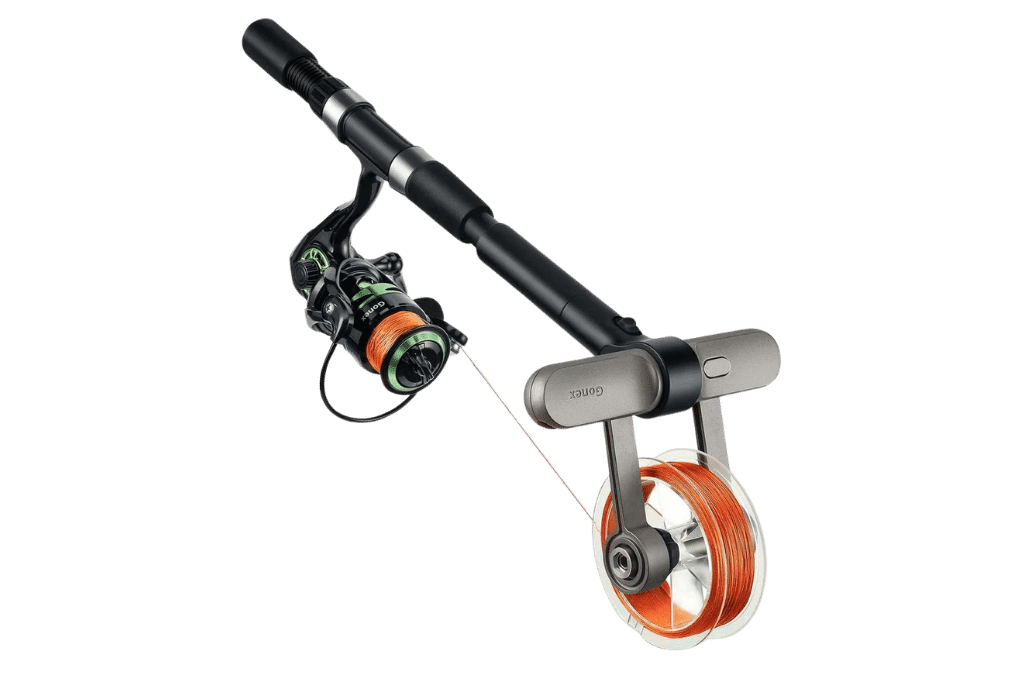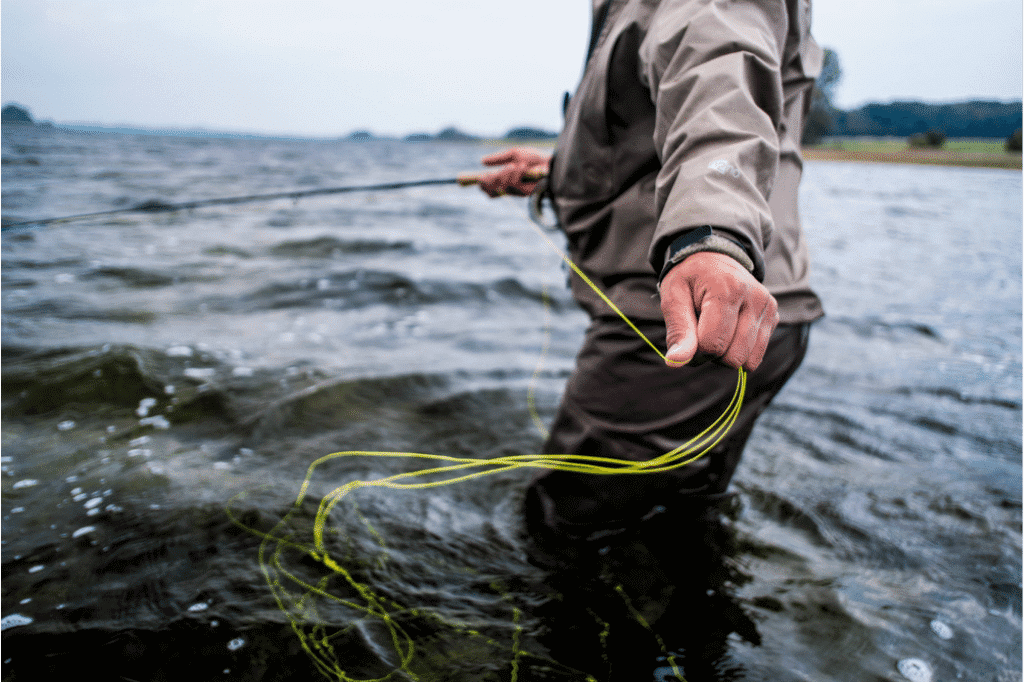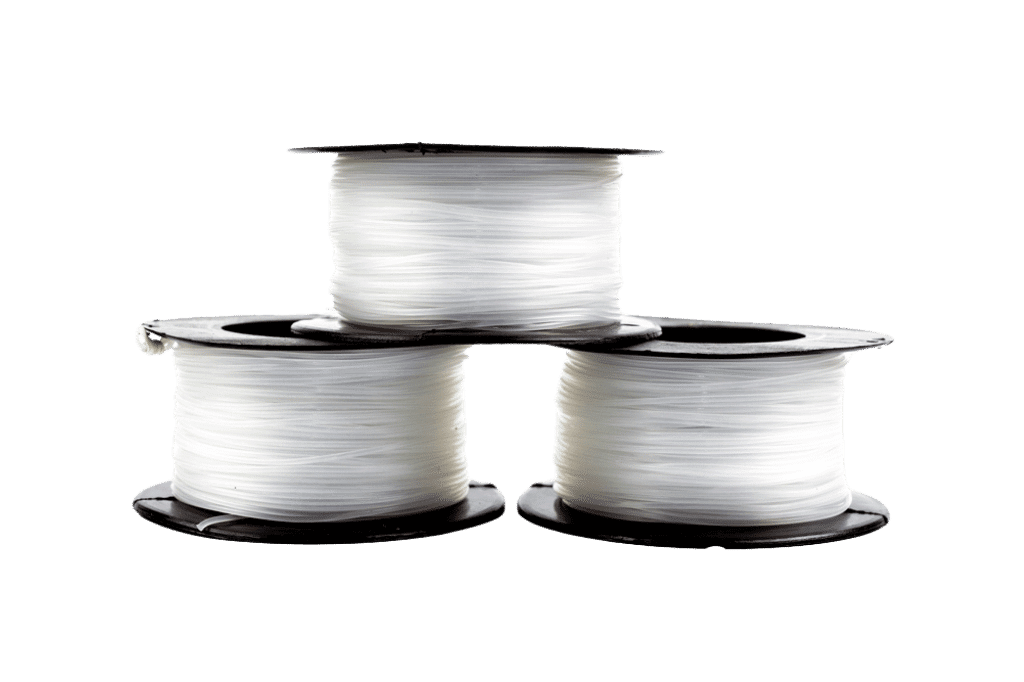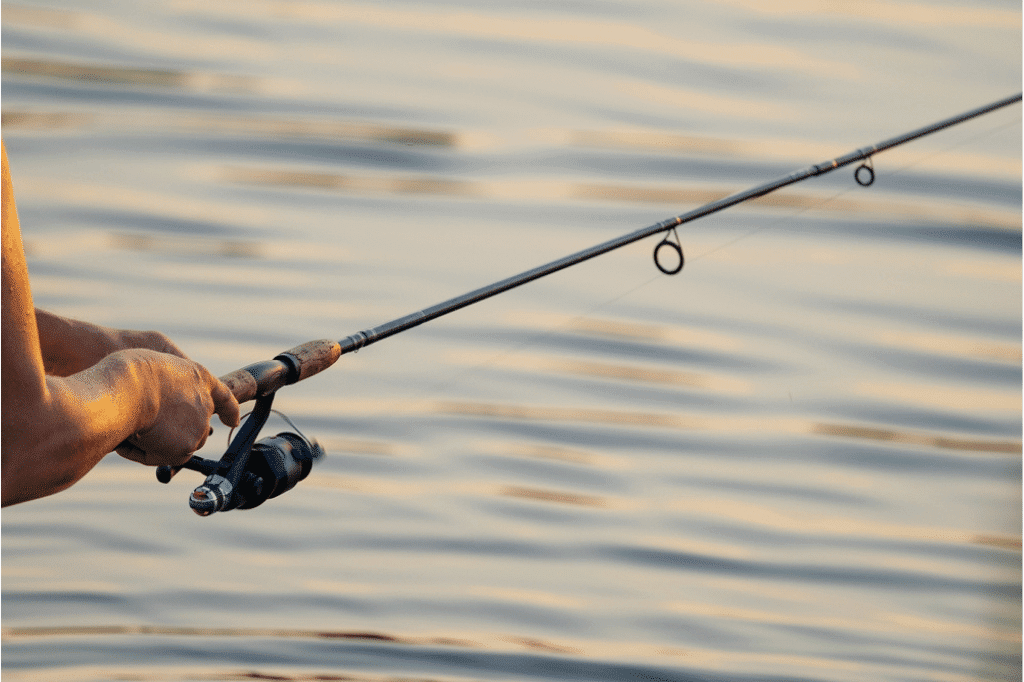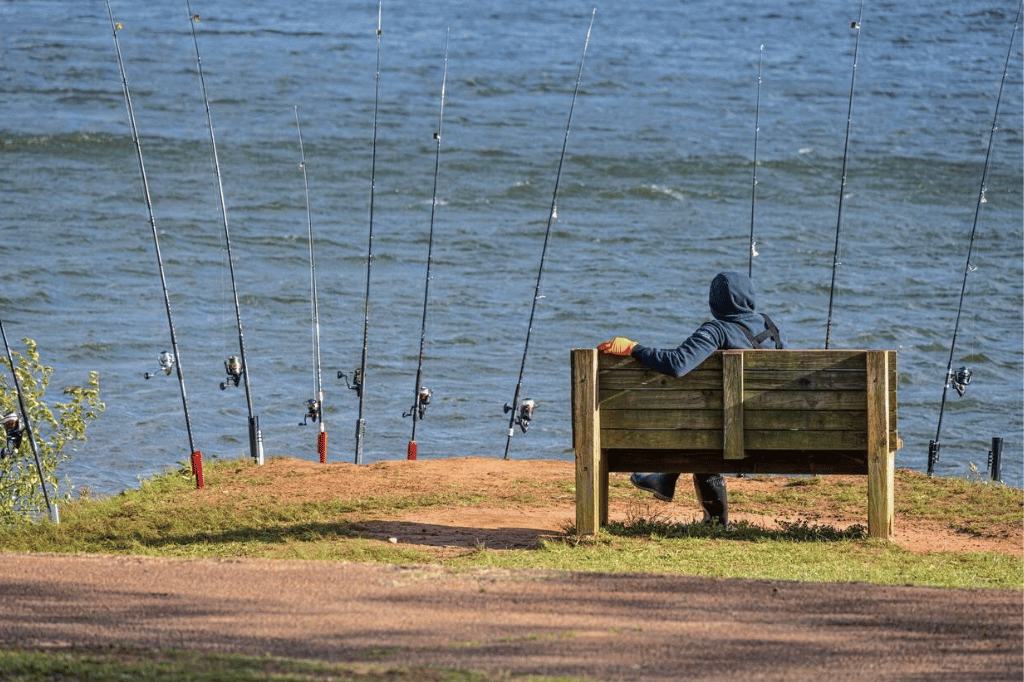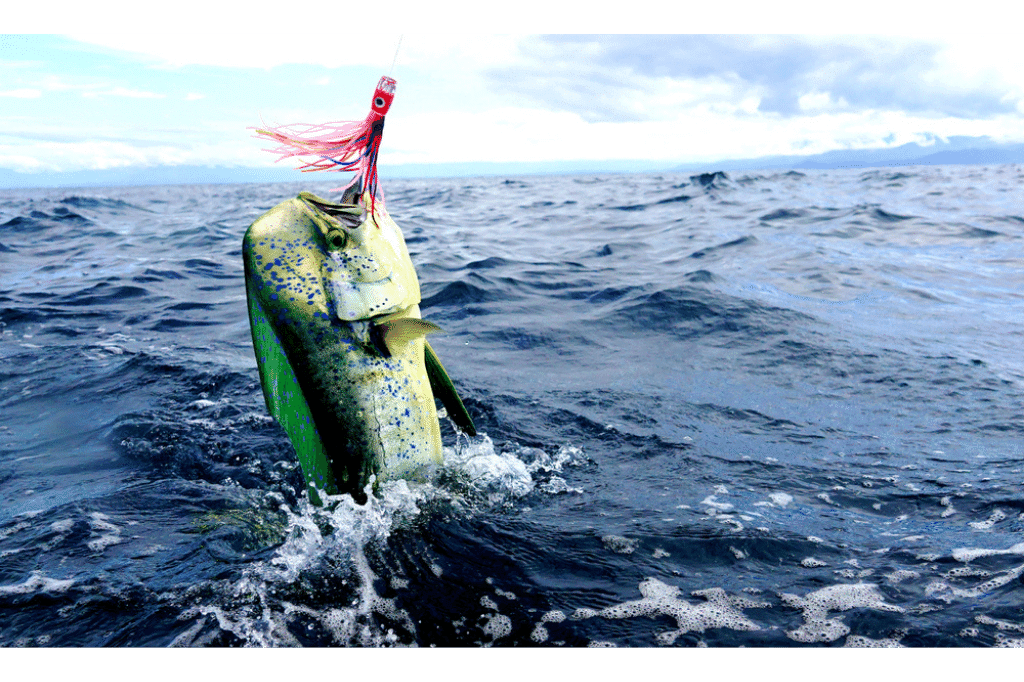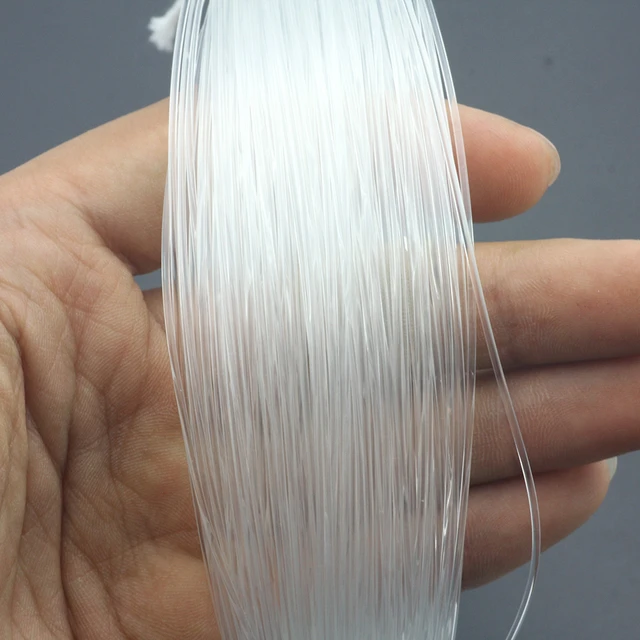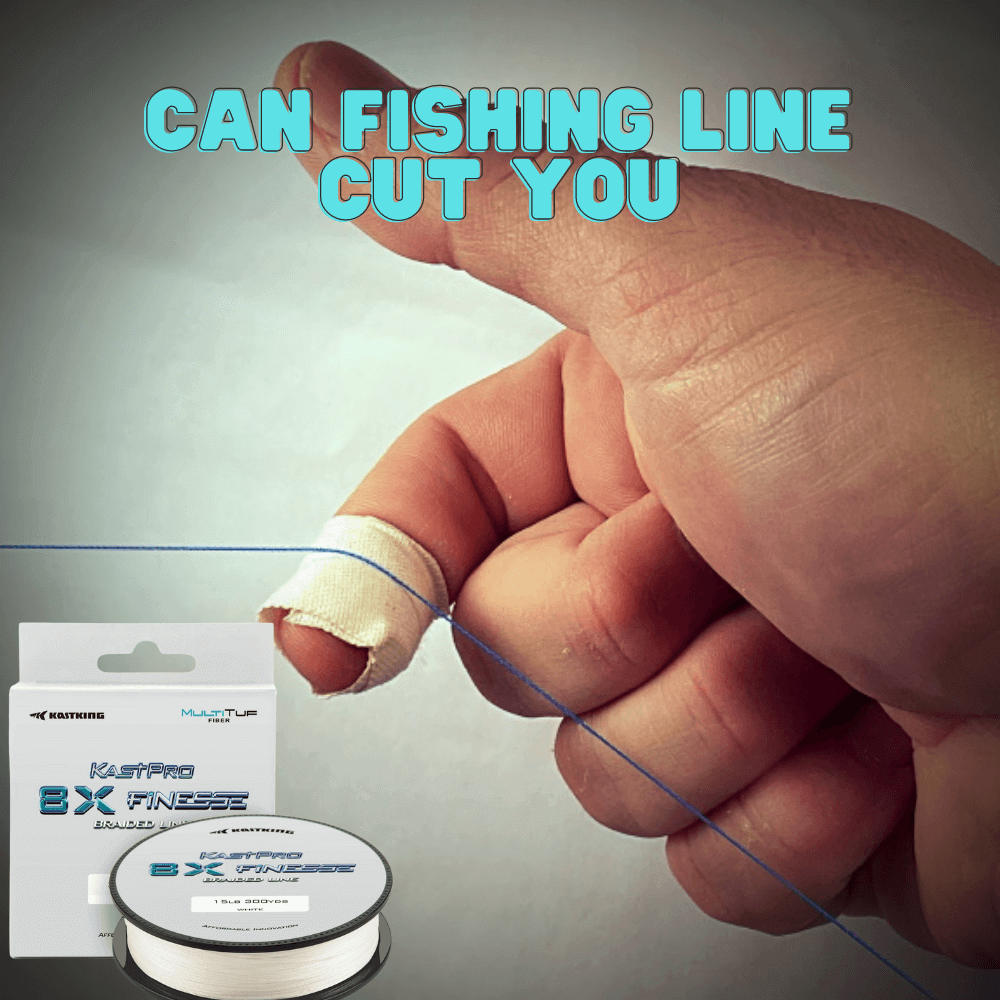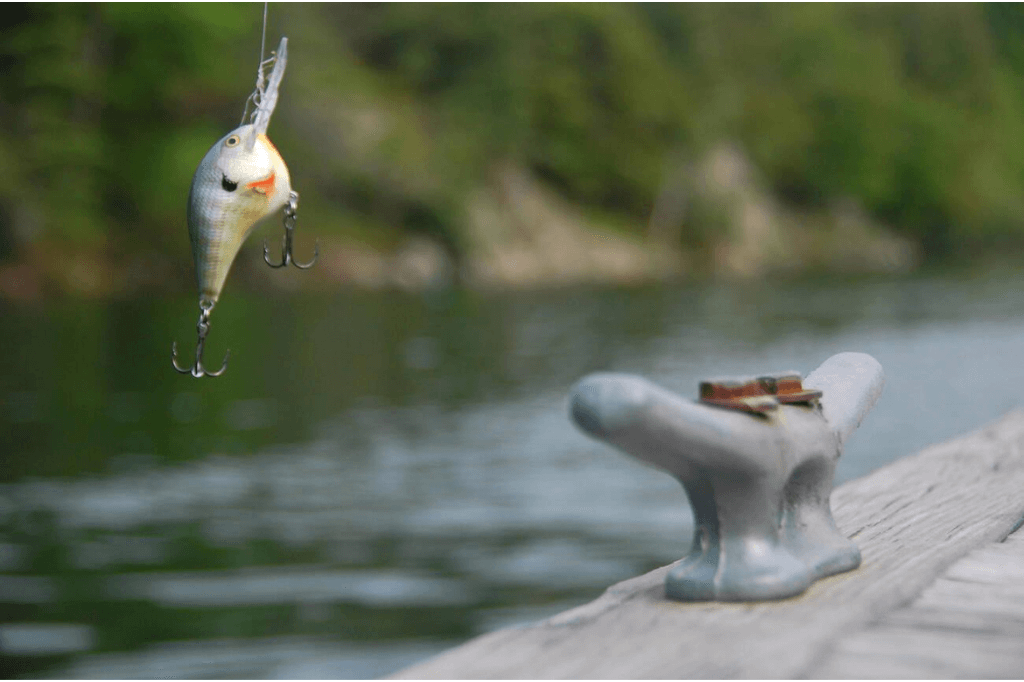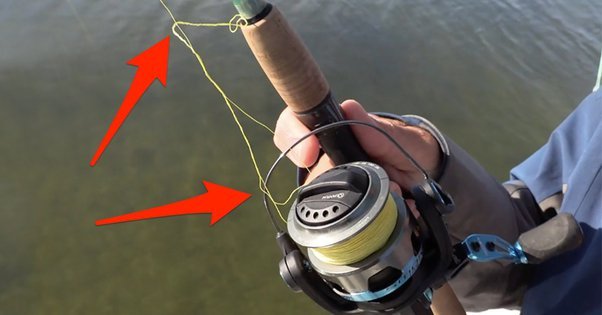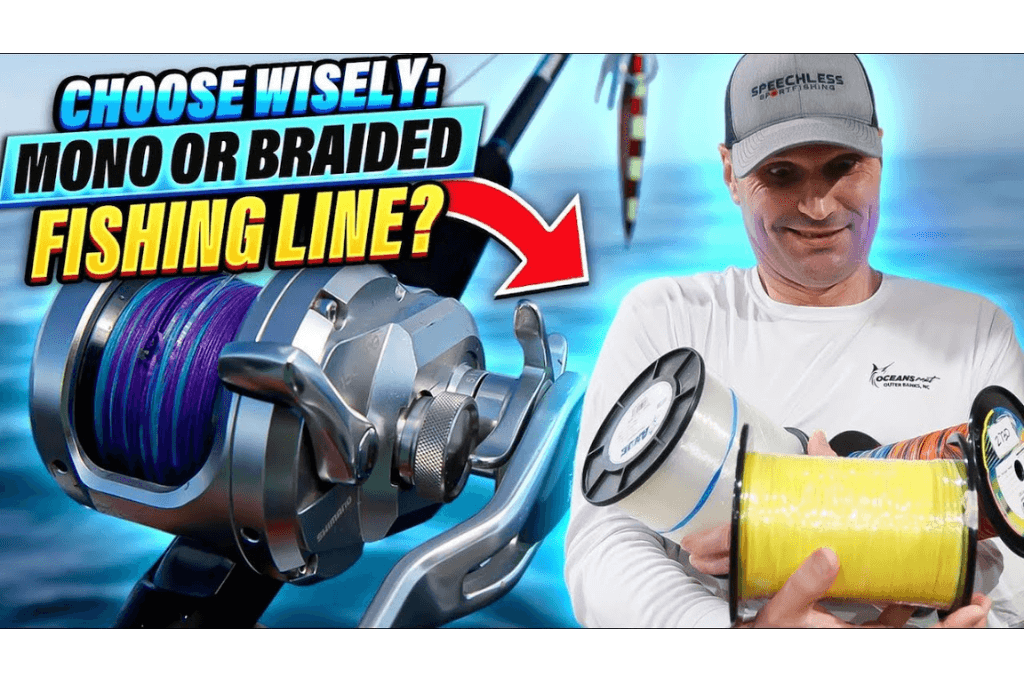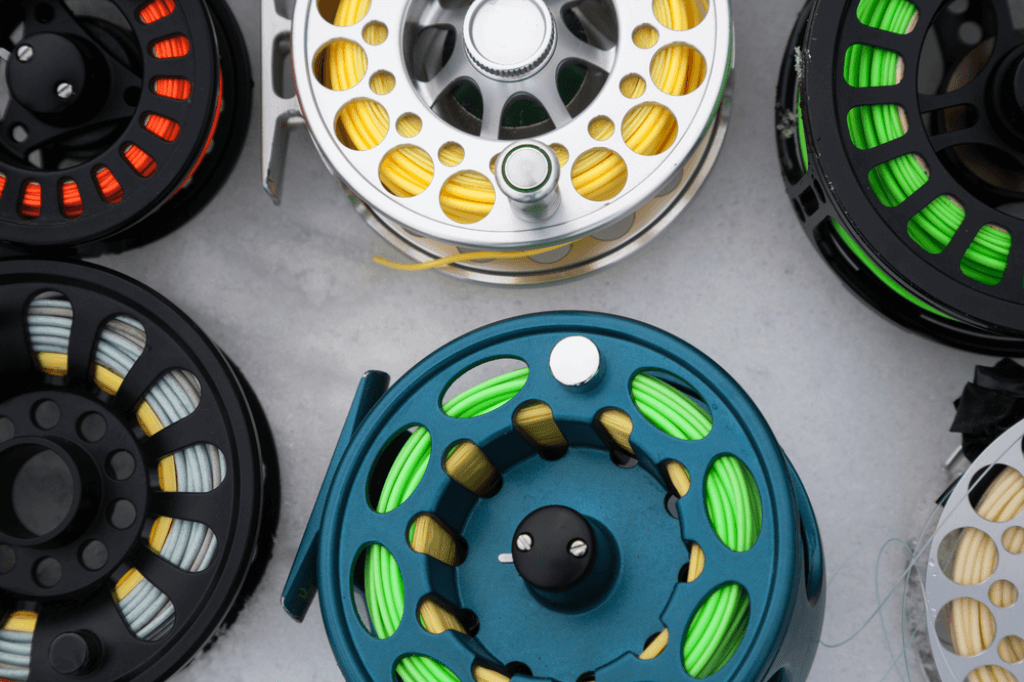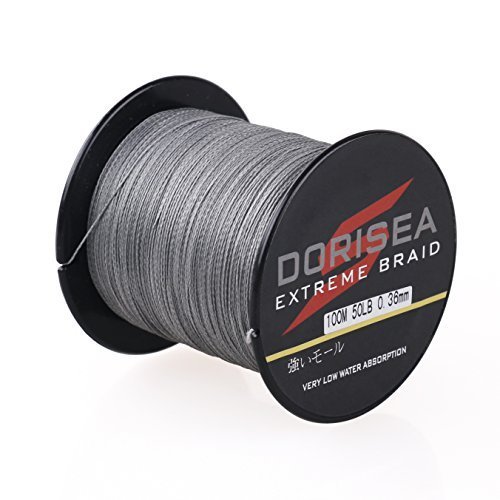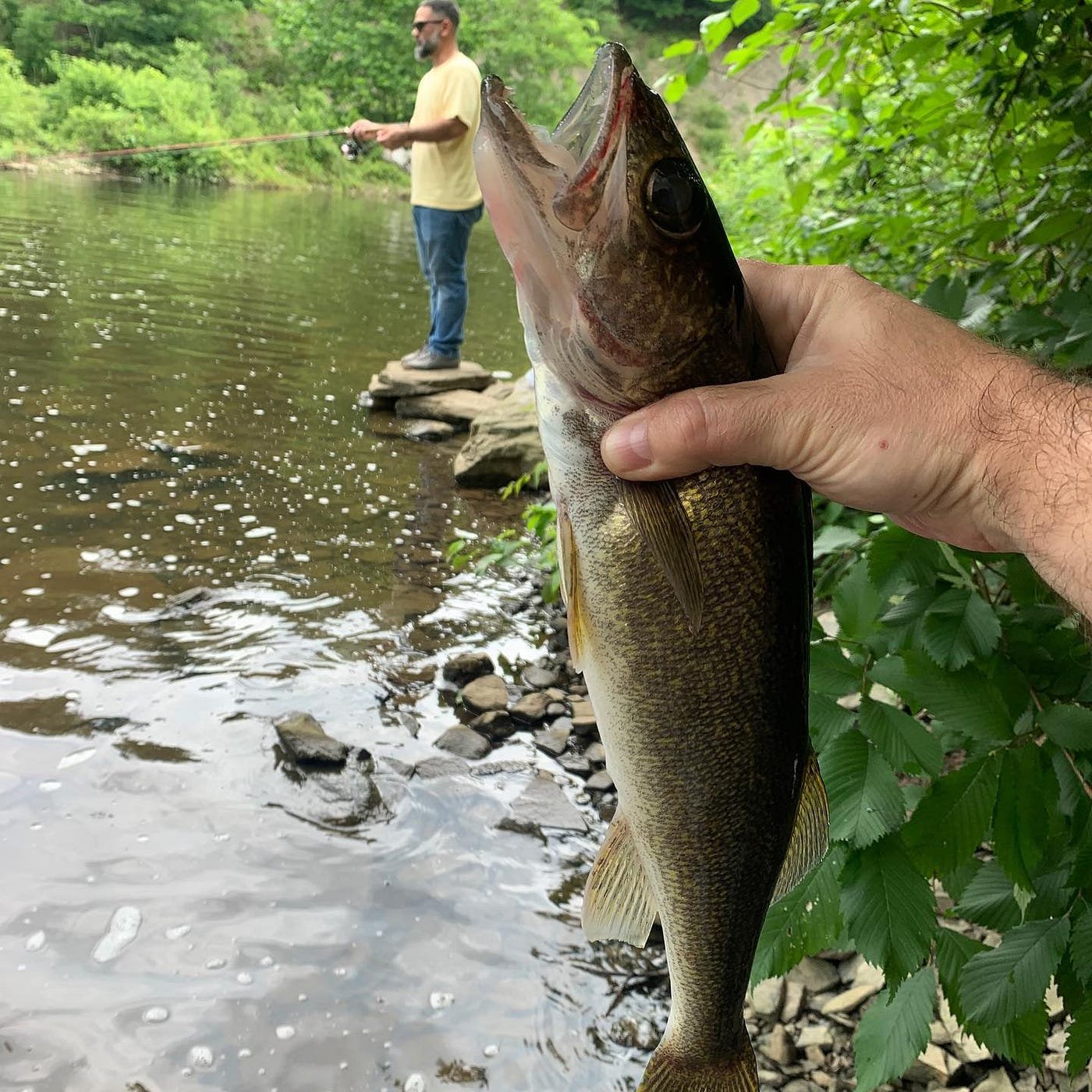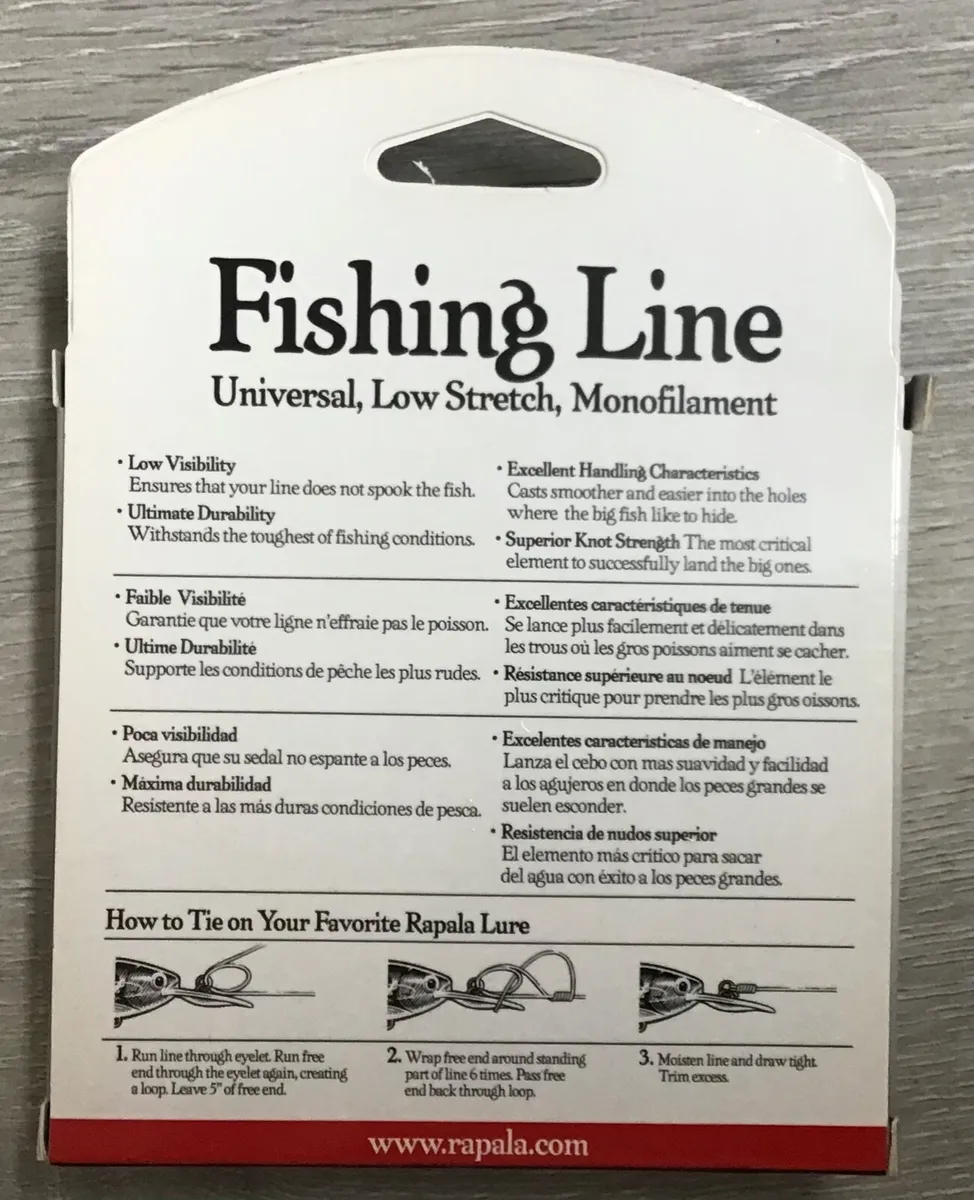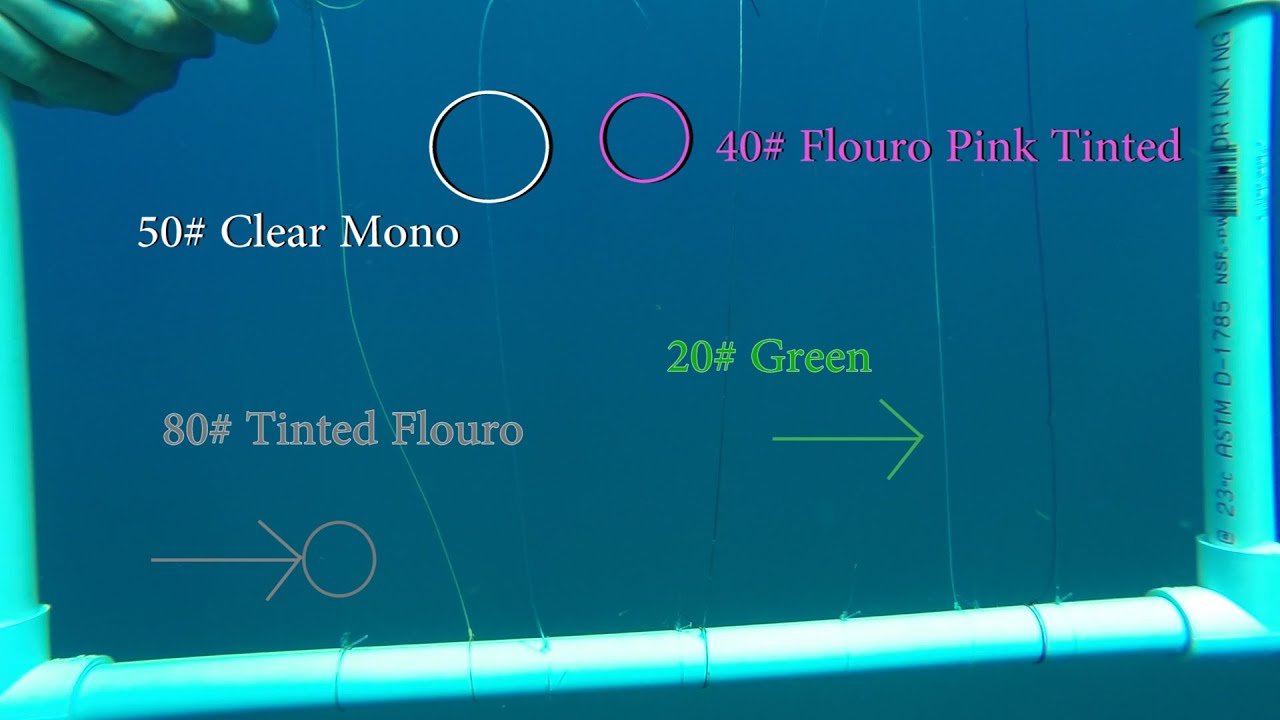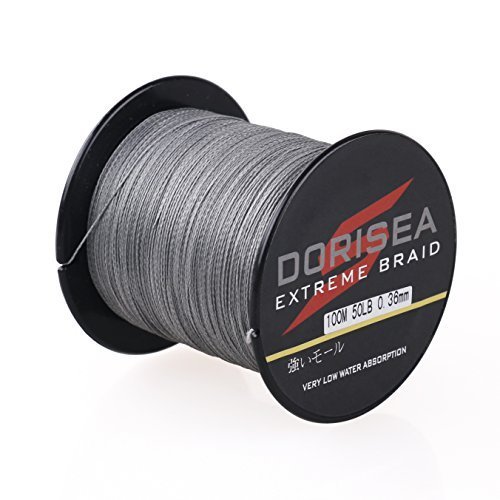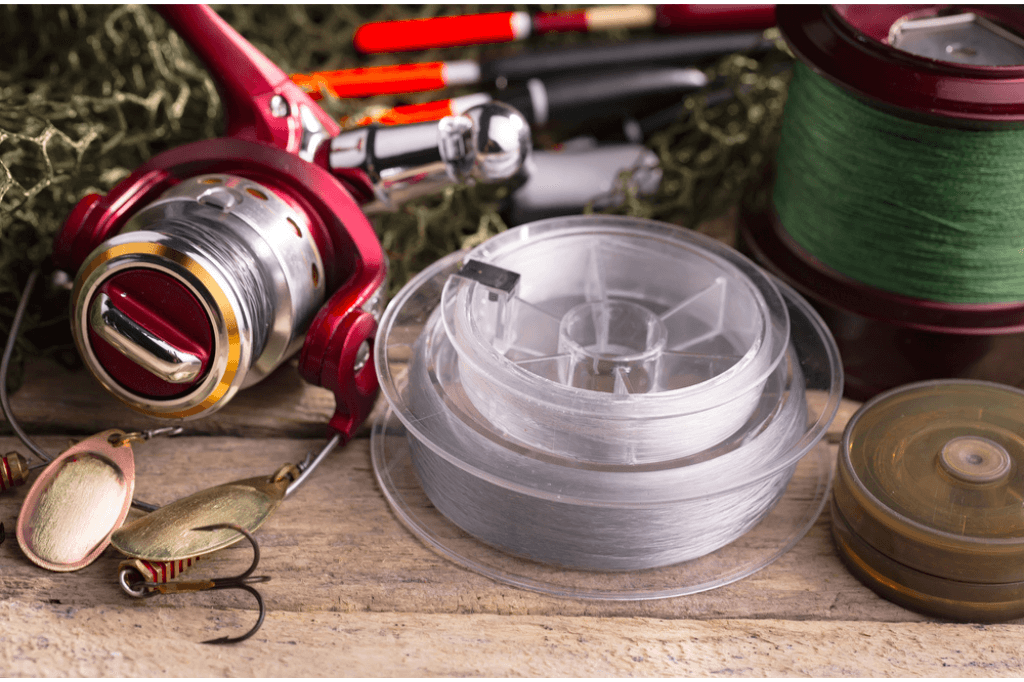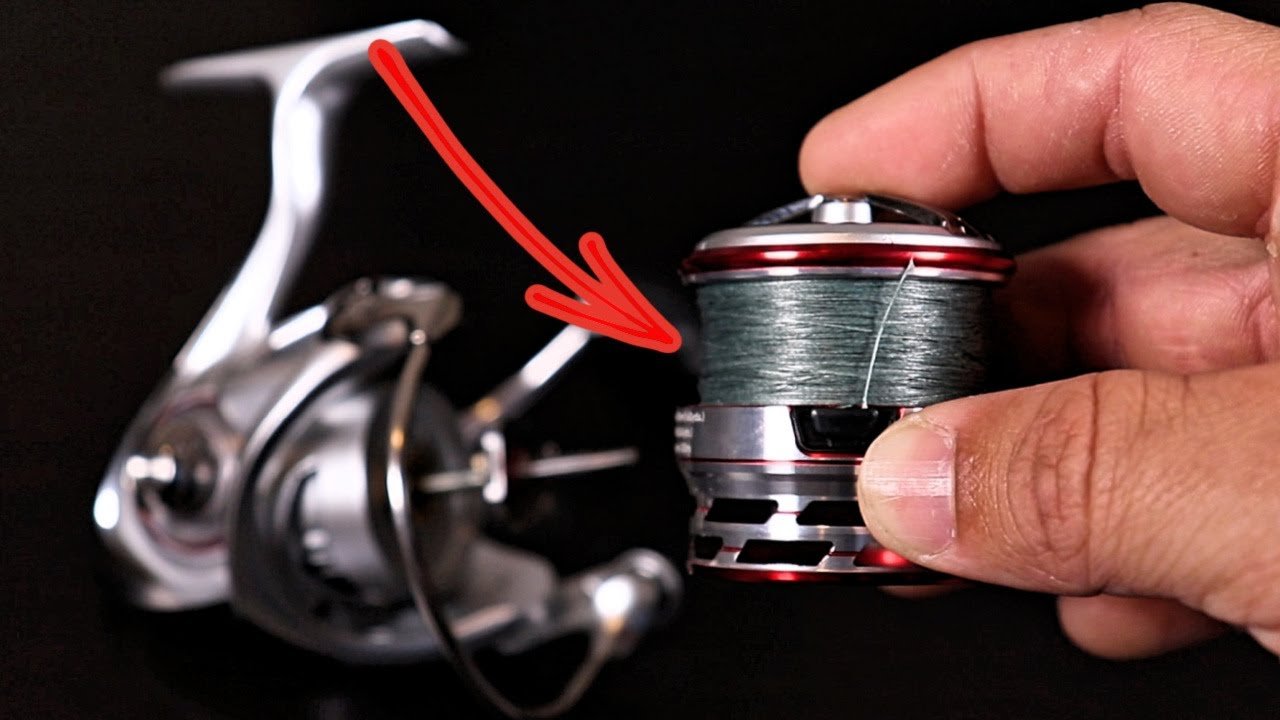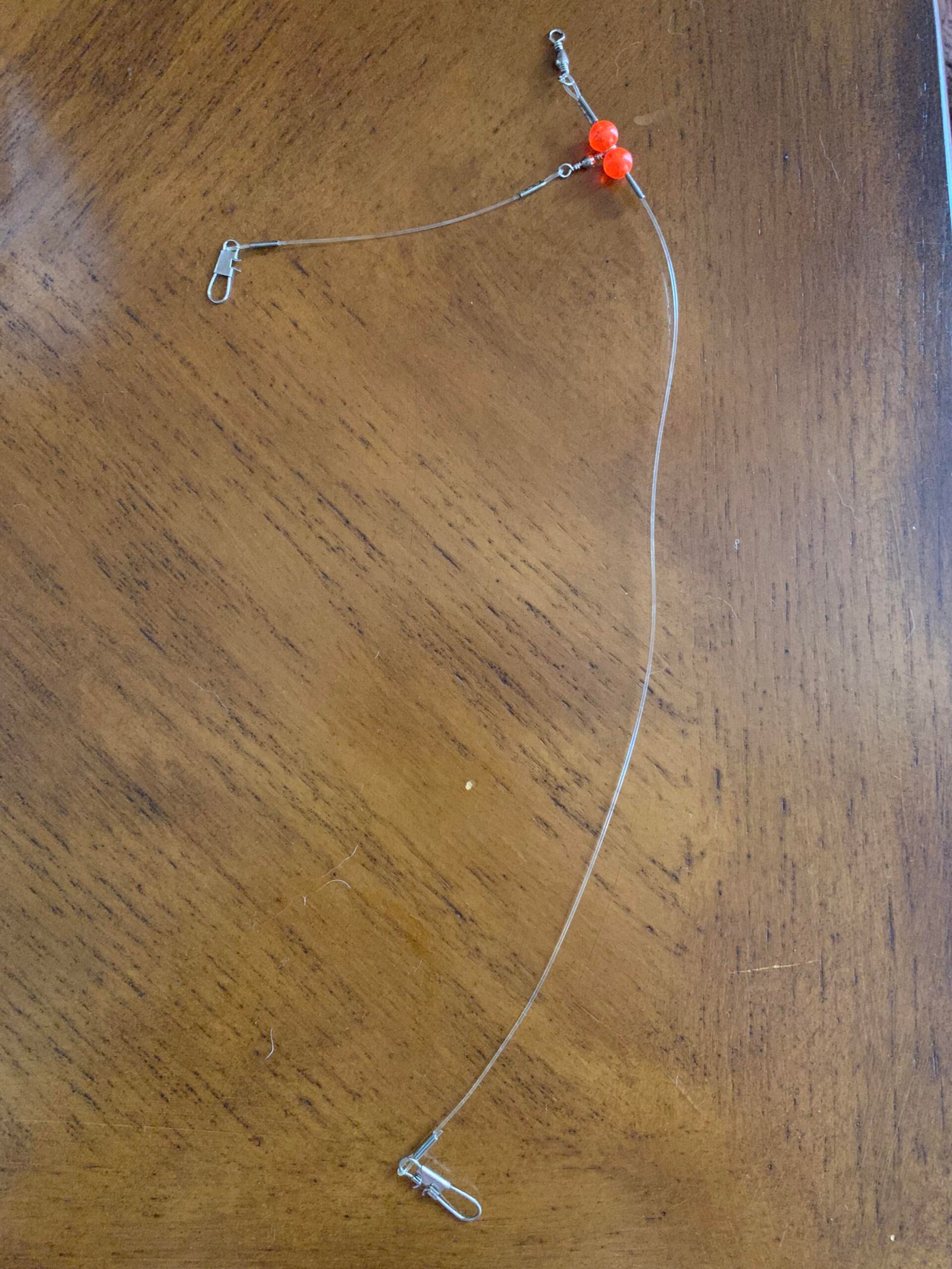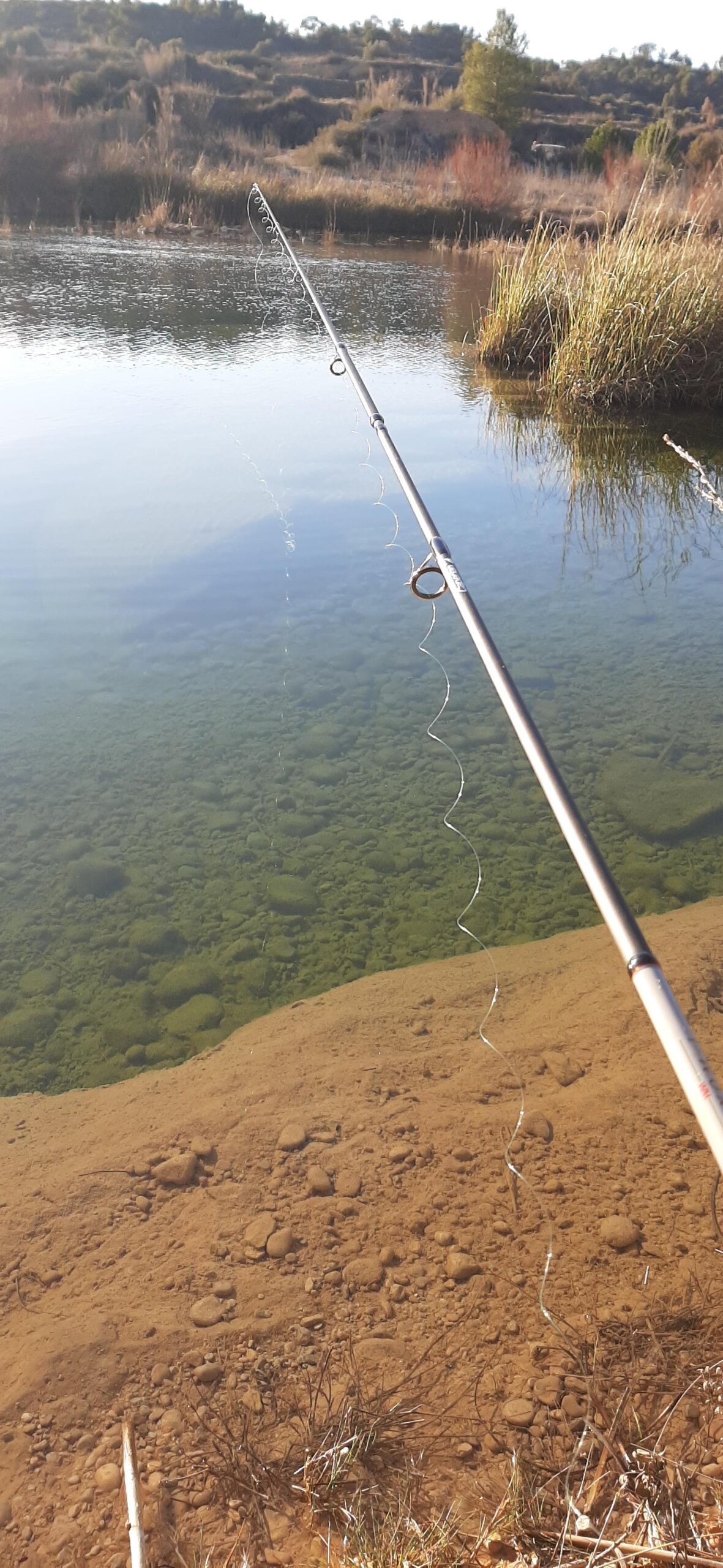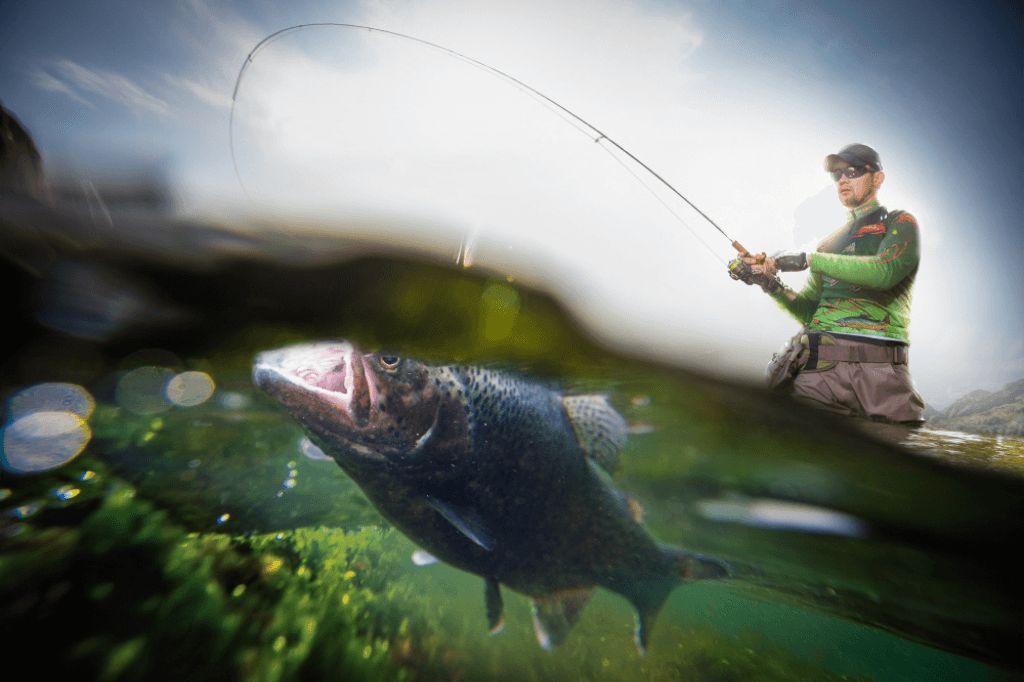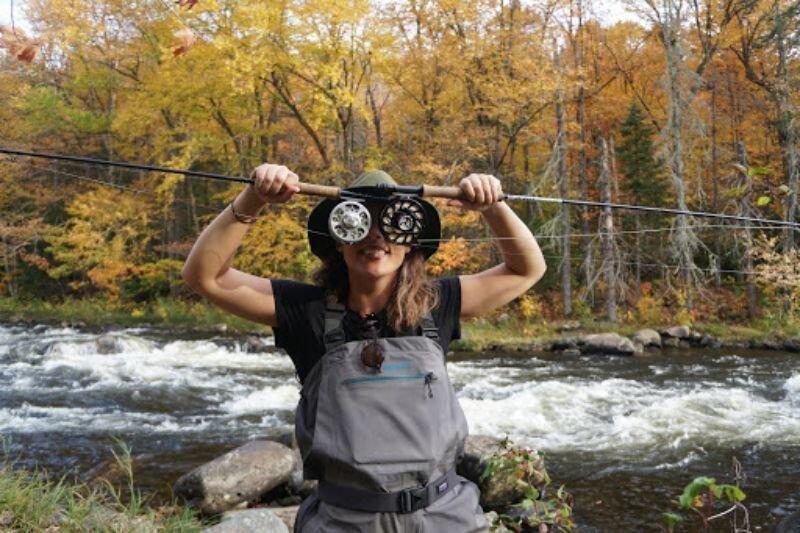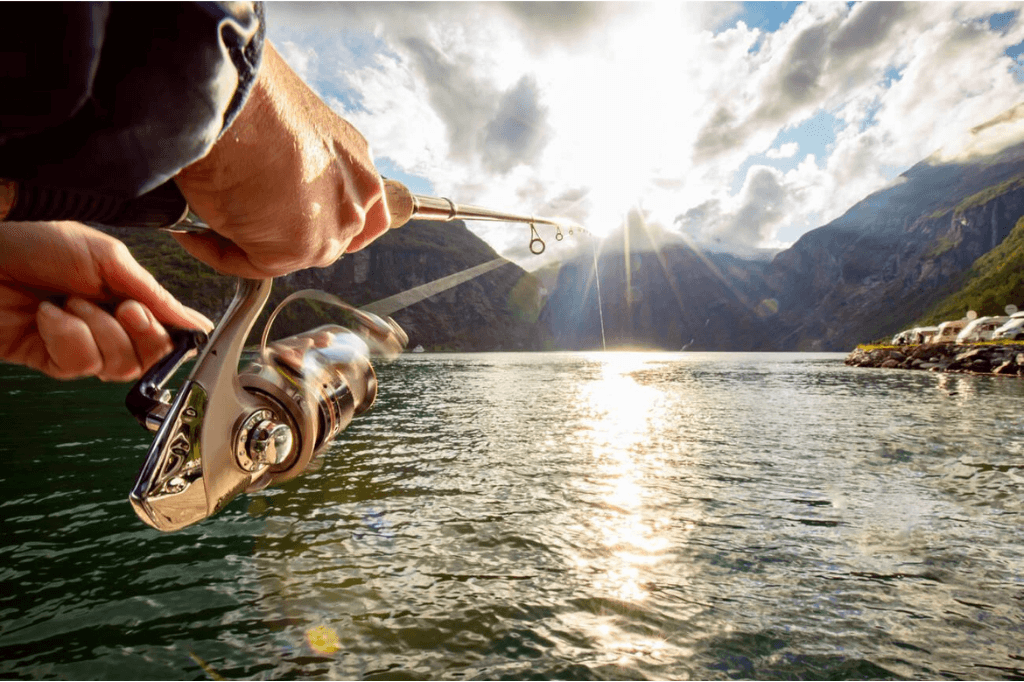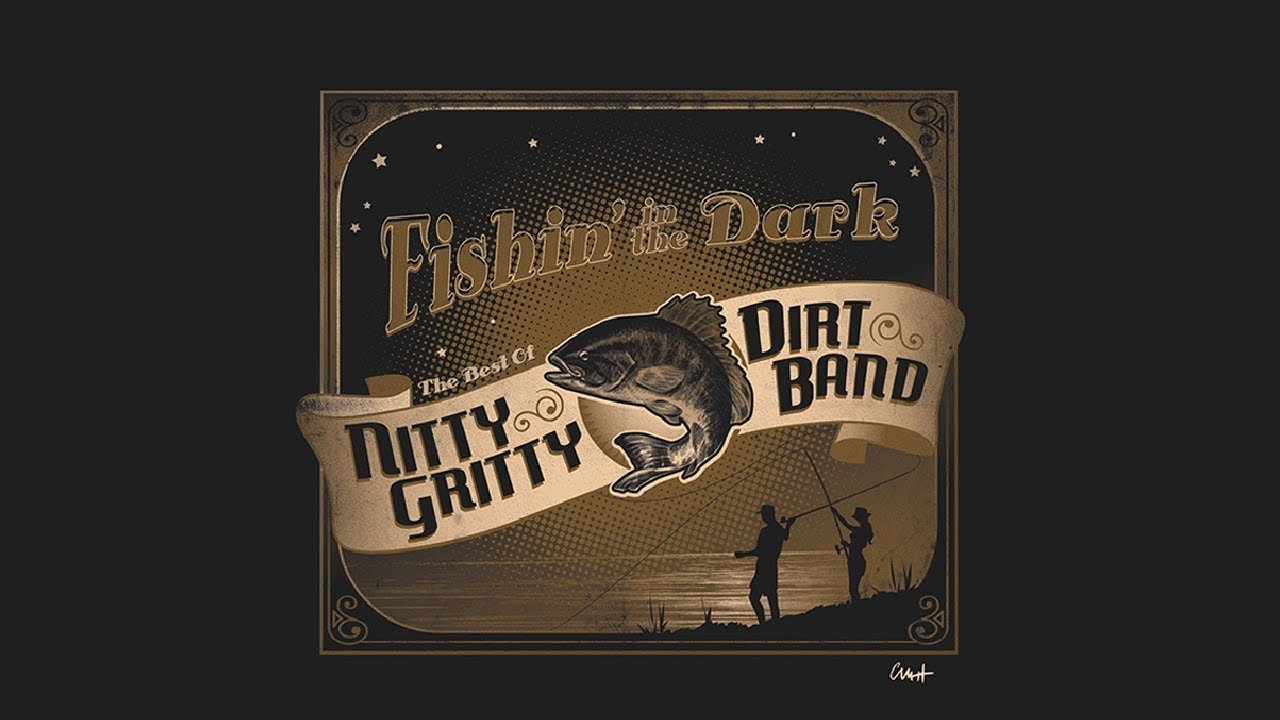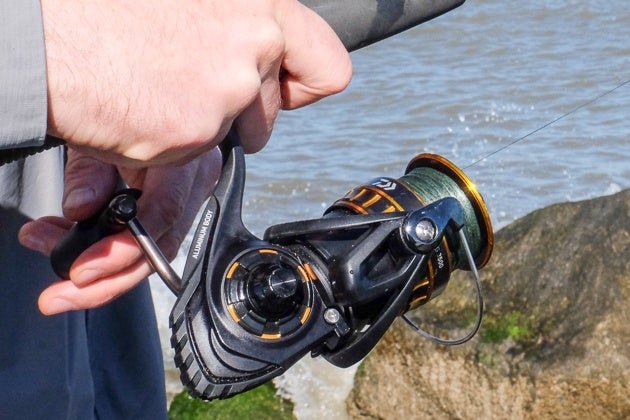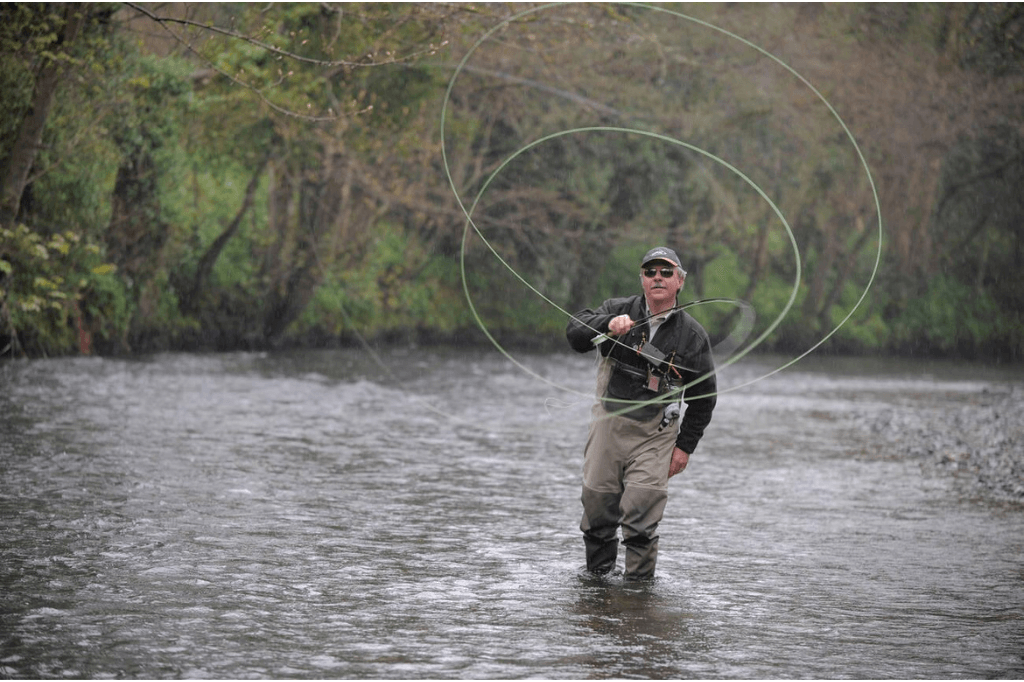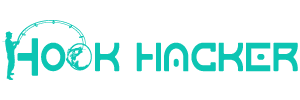As an essential tool for fishermen and navigators, Forward Facing Sonar provides real-time, detailed views of the aquatic environment. This cutting-edge sonar system operates by emitting sound waves and interpreting their return after bouncing off objects, thus mapping the sea floor and underwater objects with precision.
The clarity and foresight offered by this technology significantly enhance maritime safety and efficiency. Users can confidently pilot their boats in unfamiliar waters, ensuring a safer and more productive outing. Equipped with Forward Facing Sonar, explorers and recreational boaters alike gain an unparalleled understanding of what lies ahead, turning the mysteries of the deep into visual data that’s easy to interpret.
How Forward Facing Sonar Works
Principles Of Operation
At its core, Forward Facing Sonar operates on sound waves. It sends a pulse of sound forward and waits for the echo to return. This sound travels through water, hits an object, and bounces back to the sonar. The Sonar calculates the time it took for the echo to return, which tells us how far away the object is. Think of it as underwater radar.- Transducer emits sound waves: A device called a transducer sends out sound.
- Echoes are detected: These sounds hit objects and echo back.
- Distance is calculated: The time for echoes to return measures distance.
Technology Used
Different kinds of technology make Forward Facing Sonar effective. The tech varies from simple fish finders to complex navigation aids. Behind the scenes, sophisticated software interprets the data to create clear images.| Type of Technology | Function |
|---|---|
| Transducers | Convert electrical signals to sound |
| Amplifiers | Boost return signals for clarity |
| Software | Interprets data into images |
| Displays | Show underwater views to users |
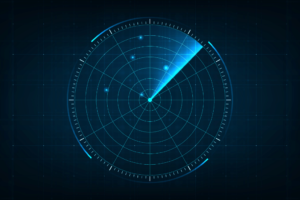
Applications In Marine Industry
Underwater Obstacle Detection
Ensuring safe passage is crucial for maritime operators. Forward facing sonar serves as the eyes below the surface. It helps in identifying submerged objects that could damage a vessel.- Detection of wrecks, rocks, and coral reefs
- Ease in route planning for large ships
- Prevention of costly accidents
Fish Finding And Navigation
Sonar not only safeguards vessels but also enhances fishing expeditions. Fishermen use this technology to locate schools of fish and prime fishing spots.- Maximize the catch with strategic fishing
- Navigate with precision in challenging environments
- Track fish patterns for future expeditions
Benefits Of Forward Facing Sonar
Enhanced Safety
Sonar boosts confidence when navigating. Waters can hide dangers like rocks or tree trunks. Forward facing sonar spots these well before you get close. Here’s how it increases safety:- Reduces the risk of hitting underwater objects.
- Provides real-time updates on water depth.
- Allows better planning for safe routes.
Improved Efficiency
Fishing and navigating efficiently mean more fun and less fuss. Forward facing sonar is the tool for this. Here’s what it does for efficiency:- Finds fish faster, which saves time.
- Helps identify fish-holding structures.
- Reduces fuel usage by minimizing unnecessary travel.
Challenges And Limitations
Range Limitations
Every sonar has a limit to how far it can ‘see’. Forward Facing Sonar is no exception. It’s powerful but can only show details up to a certain distance. Knowing this range is crucial. It helps to prevent unrealistic expectations and understand the sonar’s true capabilities.- Shallow waters: Offer better clarity but shorter range.
- Deeper zones: Longer range but details may fade with depth.
Interference Factors
A clear image on your sonar screen is ideal. Yet, many factors can interfere with this. Interference can come from various sources, each with their unique impact.| Type of Interference | Source | Impact |
|---|---|---|
| Environmental | Silt, algae, temperature layers | Can reduce clarity |
| Technical | Other electronic devices | May cause noise or false readings |
| Physical | Boat’s movement, water currents | Affects stability of readings |
Comparison With Other Sonar Systems
Differences From Side-scan Sonar
Forward Facing Sonar and Side-Scan Sonar are both advanced tools. Yet, they serve different purposes.- Direction of View: Forward Facing Sonar looks ahead, while Side-Scan views sideways.
- Functionality: Forward Facing spots fish in front of your vessel. Side-Scan excels in mapping the sea floor.
- Detail Level: Side-Scan provides detailed images of structures. Forward Sonar specializes in real-time fish tracking.
Advantages Over Down Imaging Sonar
Comparing Forward Facing Sonar to Down Imaging Sonar reveals distinct advantages.| Feature | Forward Facing Sonar | Down Imaging Sonar |
|---|---|---|
| Directional Focus | Views what is in front | Looks directly downwards |
| Target Prediction | Provides foresight into water ahead | Shows what’s directly beneath the boat |
| Effective in Movement | Especially useful while moving | Best utilized when stationary |
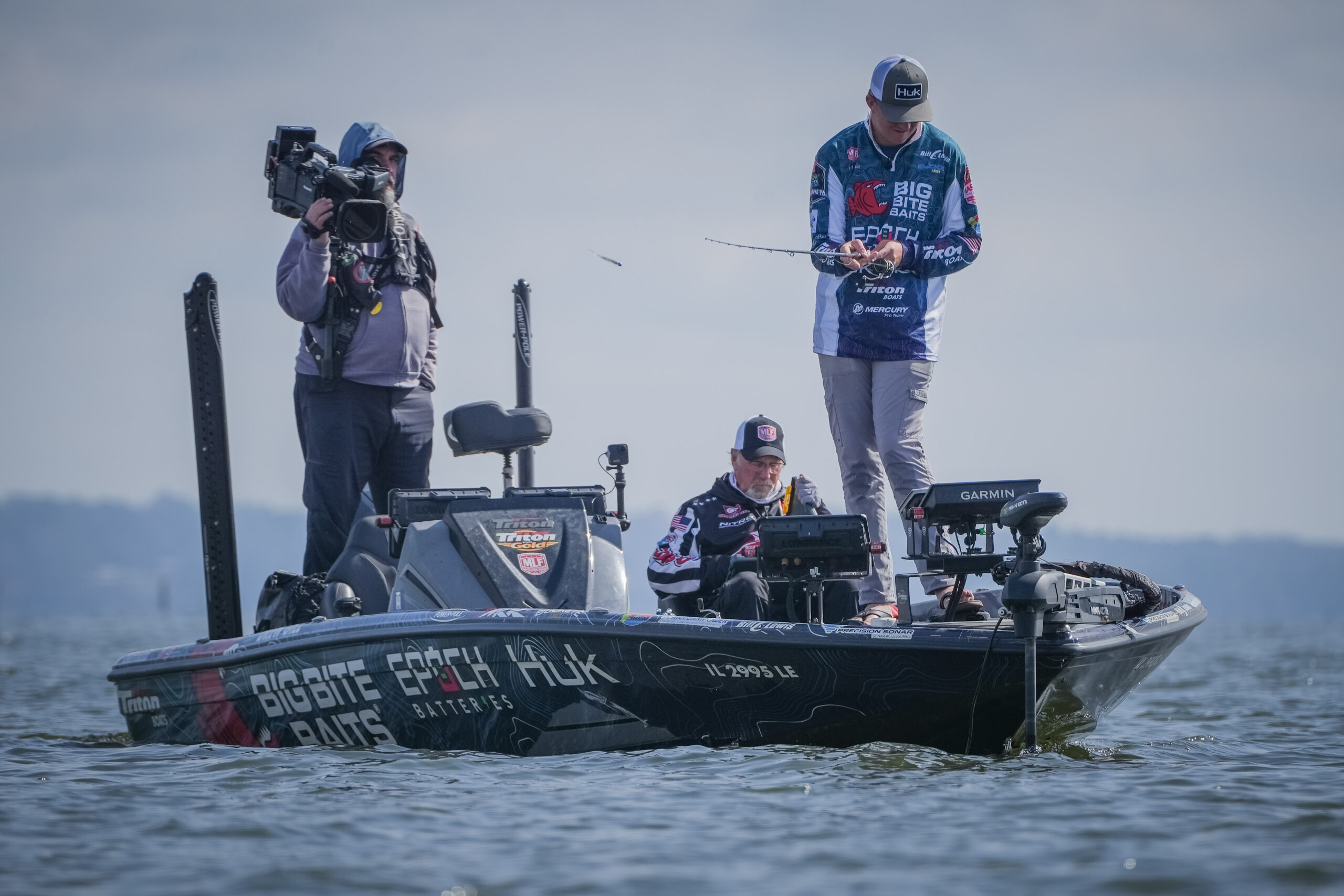
Future Trends In Forward Facing Sonar
Integration With Ai For Smart Navigation
Artificial Intelligence (AI) shapes the future of FFS by delivering unparalleled navigation intelligence. Its integration results in smarter sonar systems that can interpret underwater data with remarkable precision. This includes:- Real-time environment analysis
- Automated obstacle detection
- Adaptive sonar beam focusing
Miniaturization And Cost Reduction
Innovations in FFS gear towards smaller, more affordable systems. This democratization allows more enthusiasts to access cutting-edge sonar. Key advances include:| Aspect | Impact |
|---|---|
| Component miniaturization | Easier integration into various vessel sizes |
| Production efficiency | Lower costs for the consumer |
| Market competition | More options and improved features |

Credit: m.facebook.com
Frequently Asked Questions On Forward Facing Sonar
What Is A Forward Facing Sonar?
A forward-facing sonar is a device used on boats to scan the water ahead for obstacles, terrain, and fish. It provides real-time underwater imagery, aiding in navigation and fishing.
Does Forward Facing Sonar Spook Fish?
Forward-facing sonar typically does not spook fish, as sonar signals are common in marine environments and most fish are accustomed to them. Proper use minimizes any potential disturbance.
How Do You Catch A Fish With A Forward Facing Sonar?
To catch a fish using forward-facing sonar, select a fishing spot, deploy your sonar, monitor the display for fish locations, aim your lure to the targeted area, and cast your line accordingly to where the fish are detected.
Does Garmin Have Forward Facing Sonar?
Yes, Garmin offers forward-facing sonar in its product lineup through technologies like Panoptix LiveScope. This system provides real-time sonar imagery to anglers.
Conclusion
Navigating waters with cutting-edge technology is now simpler thanks to forward facing sonar. Anglers and mariners can chart courses with precision and safety. Embrace this tech for your next voyage and witness the benefits firsthand. Your marine adventures are set to transform with clarity beneath the waves.
Explore and conquer the deep with confidence!











